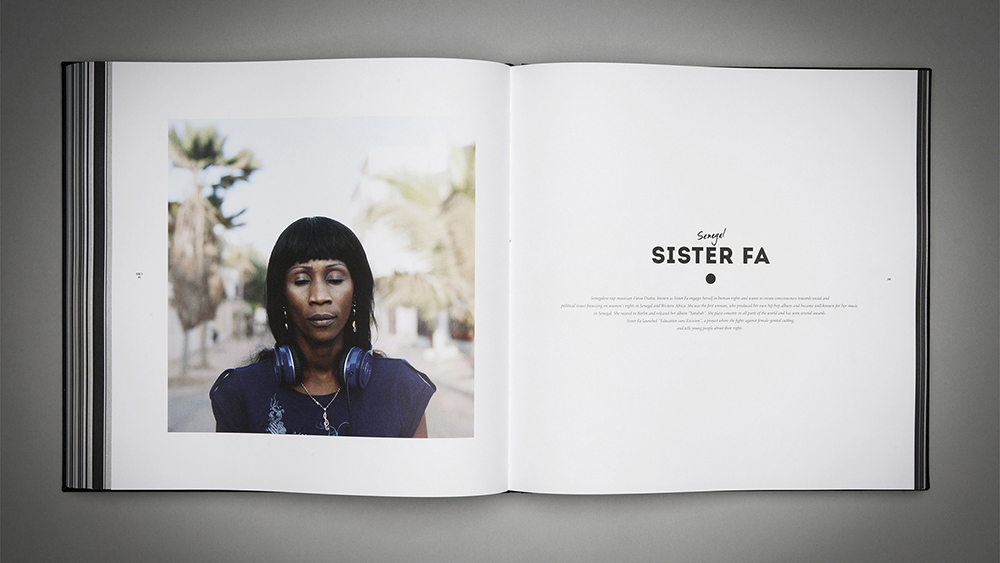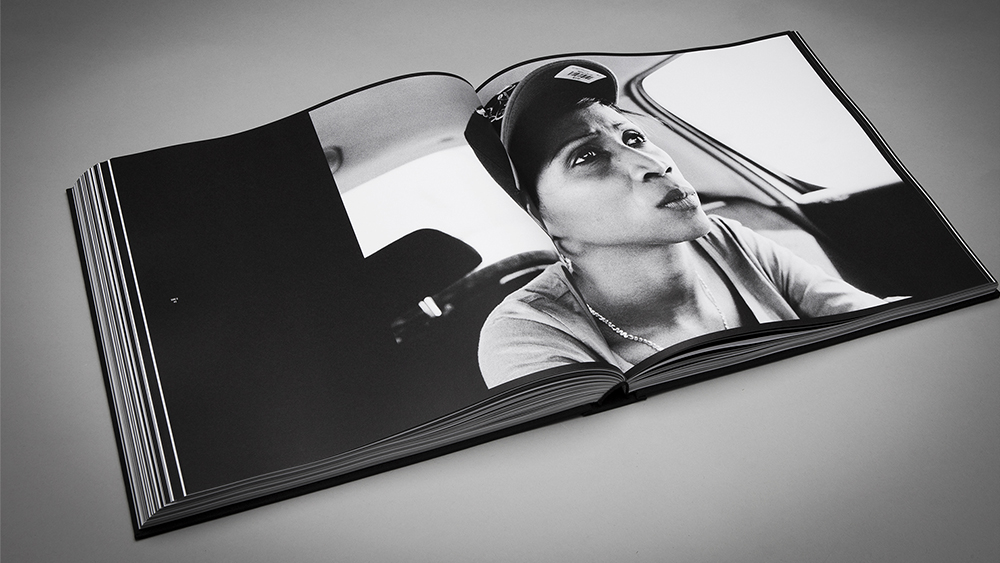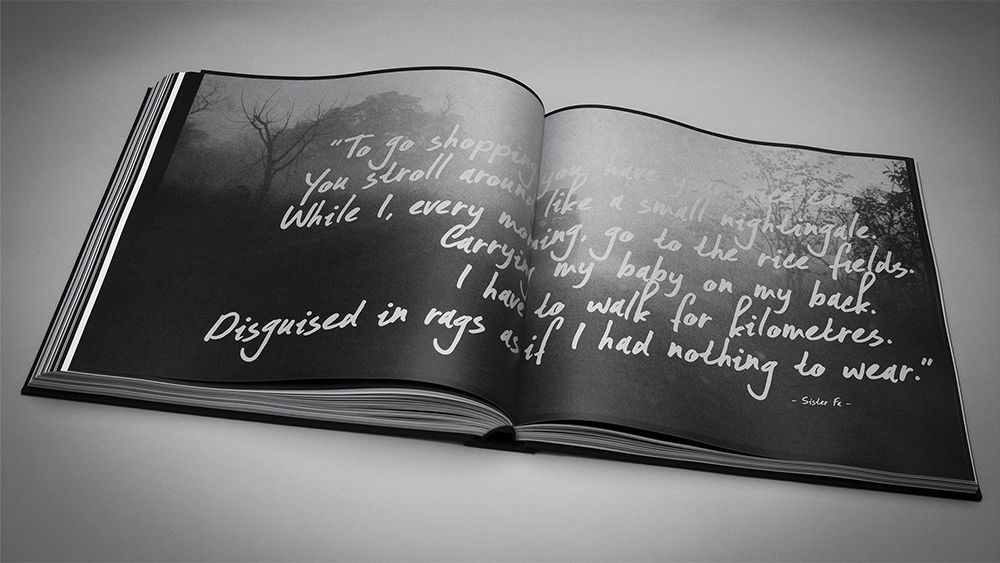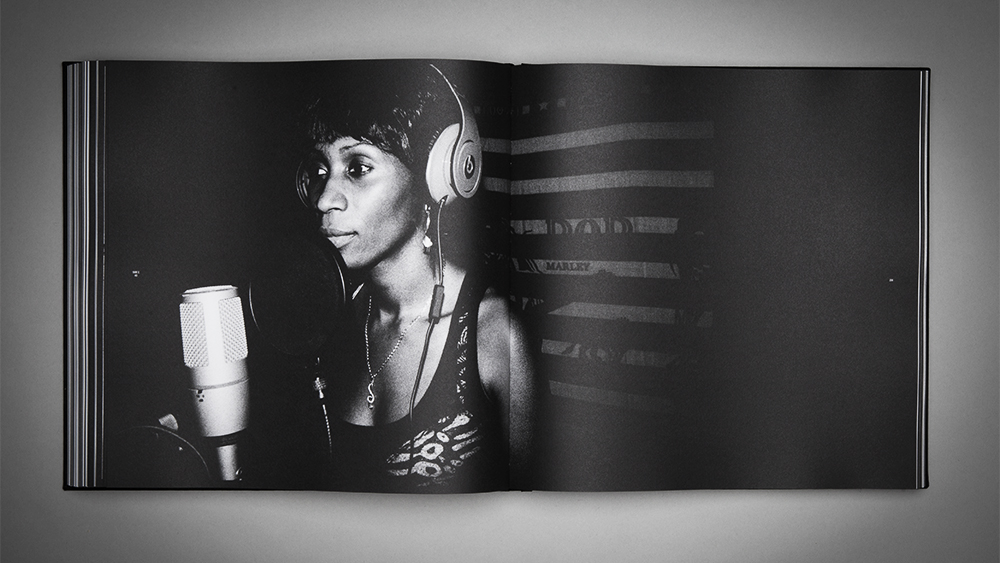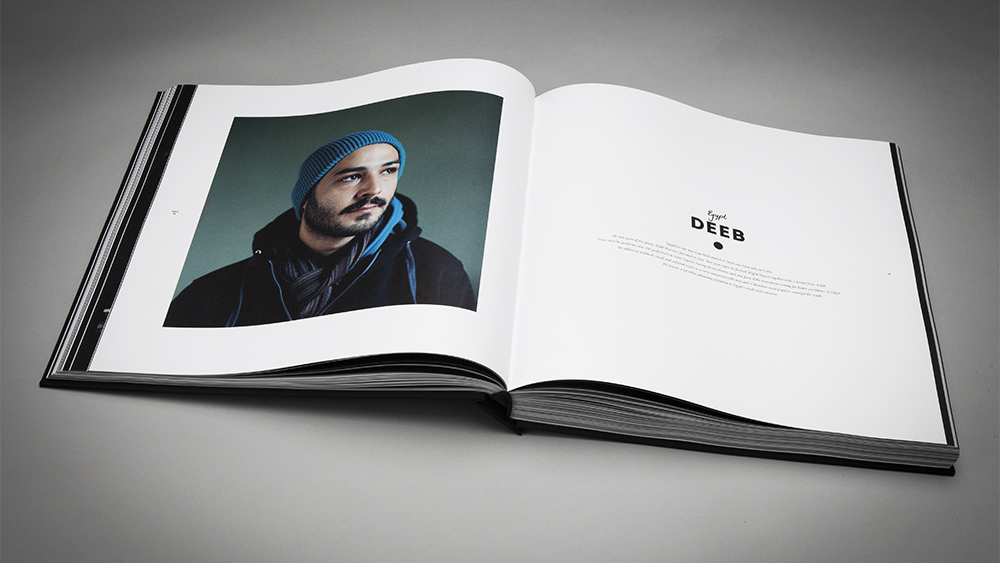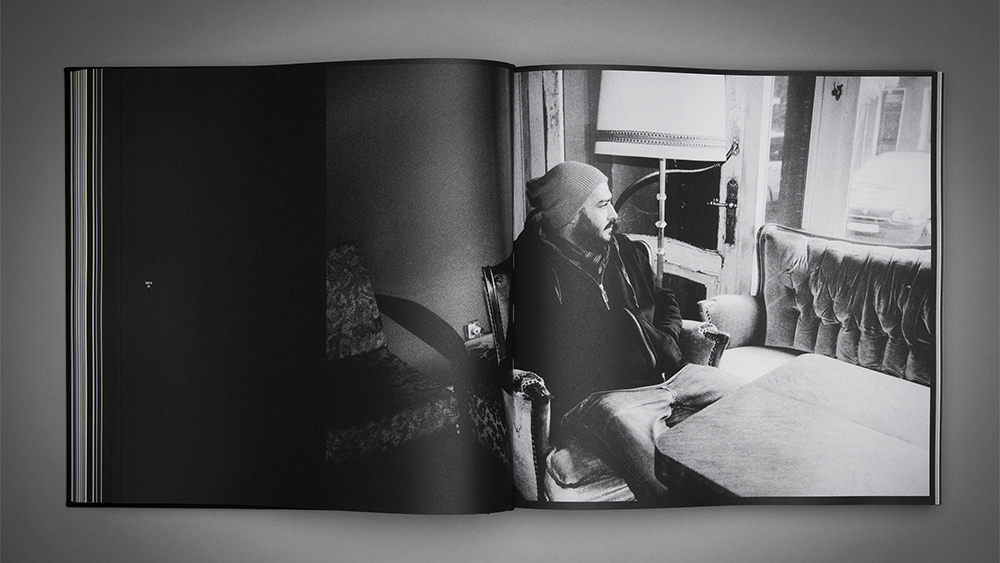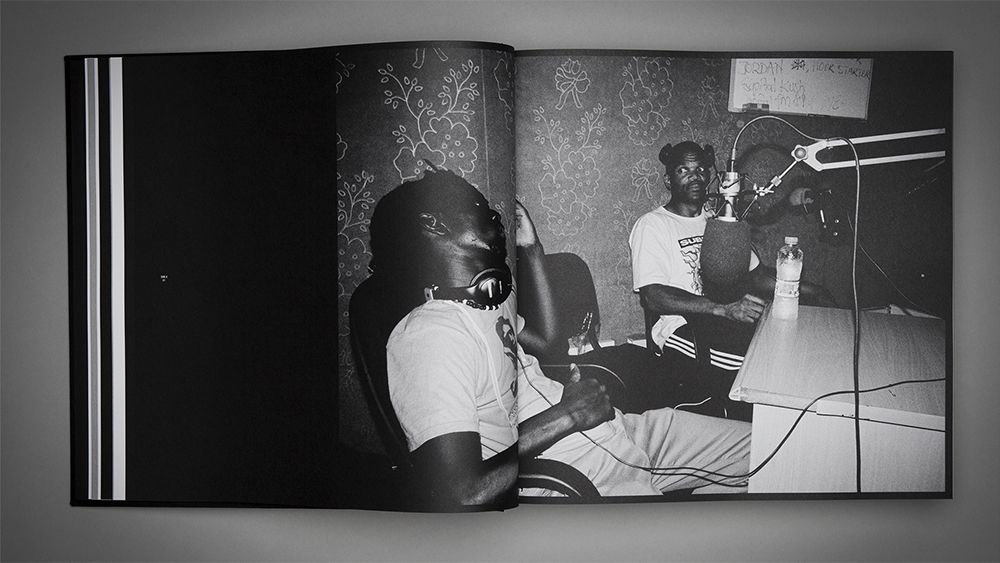Forthright - Stronger than a weapon
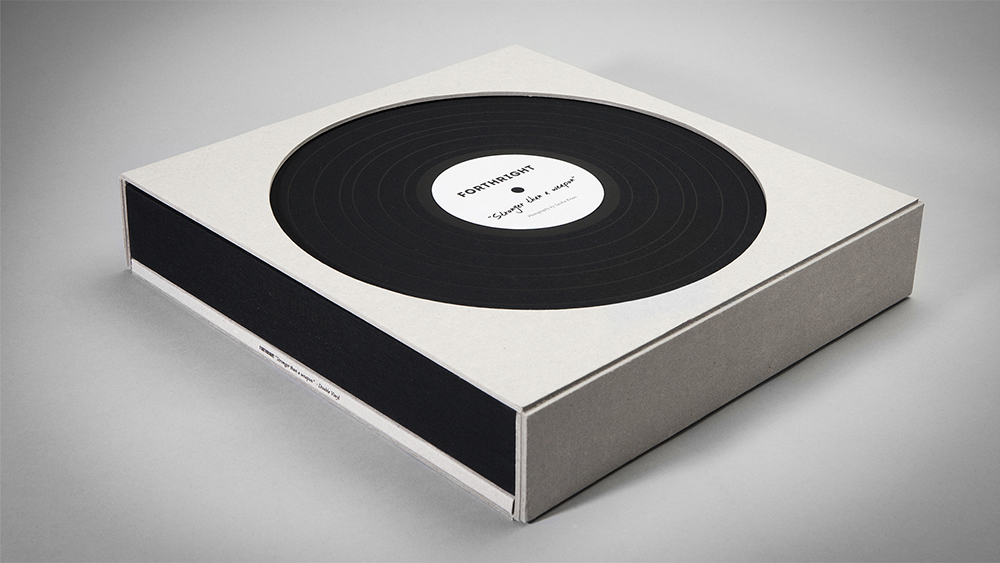
-
PhotographerSascha Kraus
-
PrizesGold in Book (Series Only)/Documentary
Forthright wants to give those hip hop artists a stage who speak up against inequality and social shortcomings. Remembering the roots of hip hop when people started to state their grievance, music is a strong and powerful way to talk to people. Those 43 artists shown in Forthright use their voice to tell a message. All of them are strong personalities who come from conflict areas and who do not hesitate to raise their voice for better conditions. They have various histories and struggle against oppression, always and unfailingly fighting for freedom and education with their music. All pictures were assembled during the past six years I travelled thirteen countries to find out that rap music can be seen as a universal approach for positive change that sometimes has a more direct impact than politics and the military. To address problems straightforward and direct, that is what FORTHRIGHT stands for. DMC from rap group Run-D.M.C gives an introduction and describes the early days of the hip-hop movement during the late 1980s in the United States and New York. The motivation to speak up and to use rap music was the same back then as it is for the portrayed artists today: social injustice. One portrayed artist is Emmanuel Jal who was a child soldier and says he survived for a reason.He uses music to handle his traumatic experiences and to tell his story and touches lives with his music. Another one is Fatou Diatta who sings as SisterFa against female genital cutting. She is unfailingly telling to stop this abuse. She plays concerts and also gives workshops, giving the young generation hope and positivity. Also El General is one artist in Forthright. He wrote the anthem of the Arab Spring and became a role model for the youth by speaking up in Tunisia. All artists have an amazing story. As an entity the portray highlights the artists as a person, black and white pictures provide an inside behind the curtain and into their personal lives and struggles. The unfiltered exposure of moments shall be emphasized. Interviews with all portrayed artists and a double vinyl with selected songs foster the message of the book.
Sascha Kraus’ pictures are strongly bond to moments. The pictures do not only show, but capture moments and connect individual significance with cultural and political relevance. The photographs are a way of expressing communication and create a connection between the represented and the viewer. Therefore, the photographic work creates an interface between documentary and conceptual photography – it always captures the uniqueness of moments. The outreach covers different forms of expression, seriousness and values.
